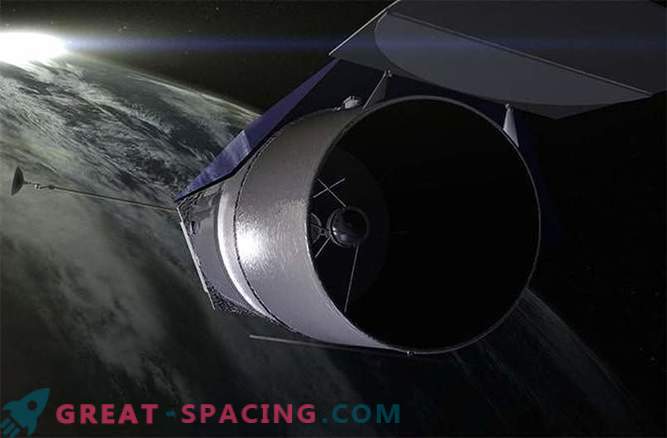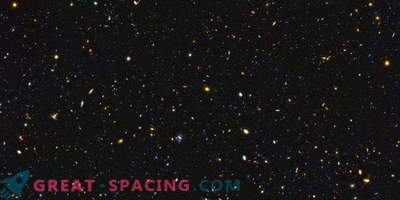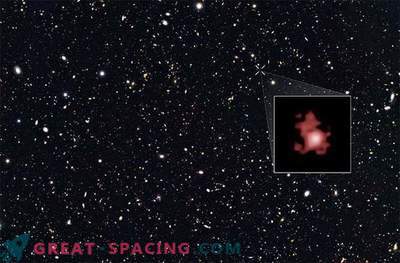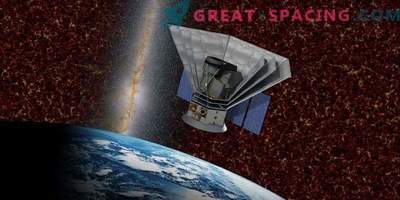
Next month, NASA will begin work on a new largest space observatory after the James Webb space telescope, the construction of which is scheduled for 2018. The new mission will be called the WFIRST (Wide Field Infrared Survey Telescope) and will explore dark energy, exoplanets and galactic formations. It is expected to be launched in 2024.
“In the development process, we may be adjusting some plans,” said David Spurgel, co-chairman of the WFIRST development team.
"An example of what we will solve during development is the filters that we will use. We need to weigh all the advantages and disadvantages of using new blue-photon-sensitive filters. Increased sensitivity will help us better characterize the properties of stars in neighboring galaxies, but perhaps at the cost of less accurate determination of the distance to galaxies through photometry, "Spurgel added. The advantage of WFIRST is a huge field of view. He will use the same mirror as Hubble’s, but with a field of view 200 times larger. This will allow it to cover a larger piece of the sky in the infrared spectrum than any other observatory before.
In addition, the coronagraph (a tool that blocks light from bright objects) that will be used in the mission is much more sensitive than other coronagraphs, which will allow a better understanding of the properties of exoplanets.
The mission will use the telescope of the National Intelligence Agency, which was donated by NASA several years ago.
The first phase of development takes place against the backdrop of a budget increase from Congress, which approved the financial budget for 2016 at $ 90 million, which is six times more than the request of $ 14 million.











































